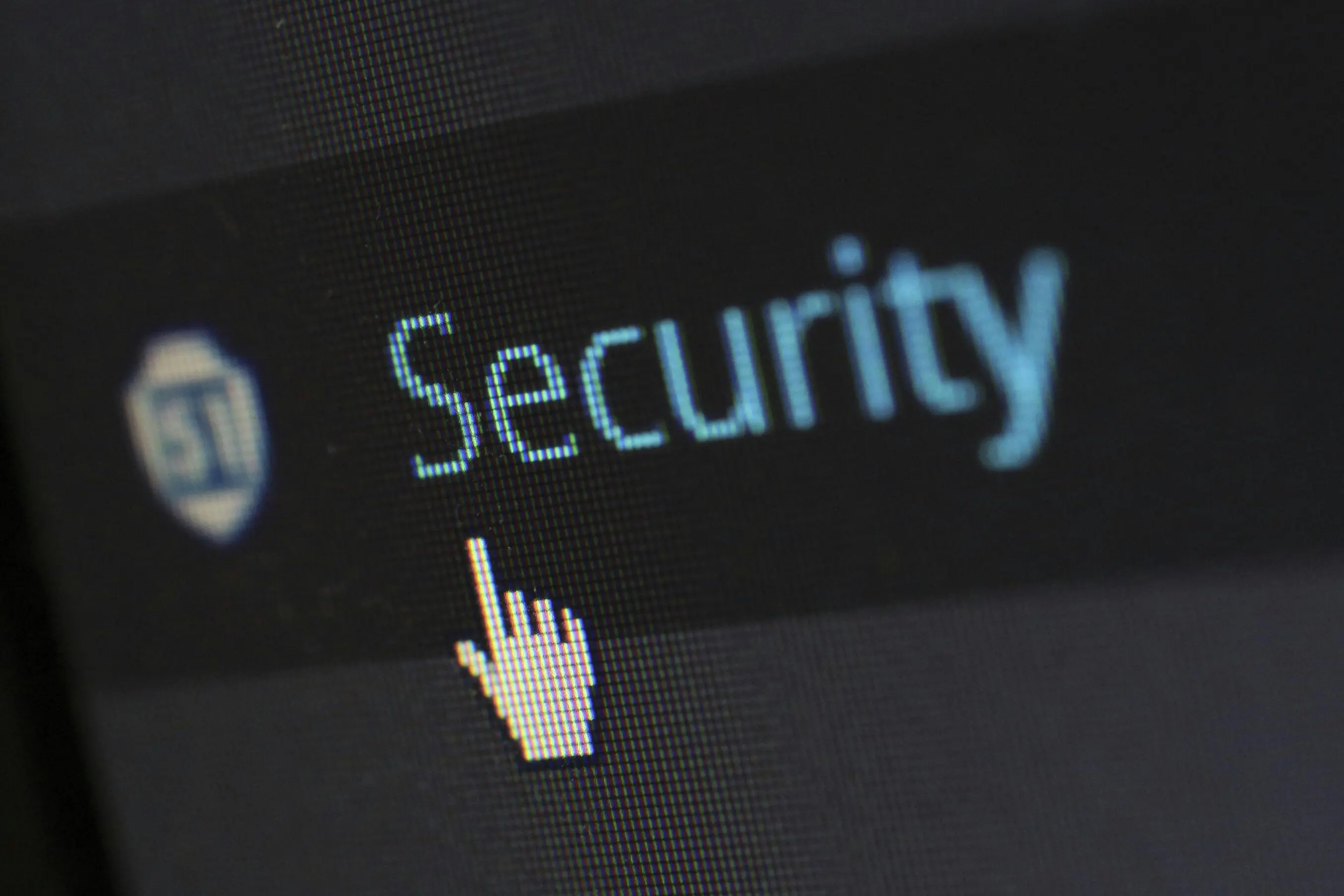Developing and implementing a comprehensive Bring Your Own Device strategy is crucial for organisations embracing the use of personal devices for work-related activities. A well-defined BYOD strategy ensures that sensitive data and applications are protected while enabling employee productivity and flexibility. There are several areas to consider when developing a secure BYOD strategy, here are some key considerations you should be thinking about.
Getting the basics right
Establish clear guidelines
Create clear guidelines for what your organisation deems as acceptable use of personal devices, outlining permitted activities, prohibited actions, and consequences for non-compliance. Your policy should cover data handling, application usage and security requirements.
Identify security requirements
You should assess the organisation’s security needs based on the type of data and applications that will be accessed via personal devices. This includes determining the required levels of encryption, access controls and monitoring mechanisms.
Establish data protection measures
You should consider implementing robust data protection measures, such as encryption, data loss prevention (DLP) solutions, and secure remote access technologies like Azure Virtual Desktop (AVD), to safeguard sensitive data and ensure compliance with relevant regulations.
Define compliance requirements
You should identify relevant industry regulations and standards to ensure you adhere to them. You should consider regulations such as GDPR, HIPAA, or PCI-DSS, that govern the handling and protection of sensitive data.
Implement access controls
Deploying strong authentication mechanisms, such as multi-factor authentication (MFA), and implement granular access controls based on the principle of least privilege to ensure that only authorised users can access sensitive data and applications from their personal devices.
Define user responsibilities
You should clearly outline the responsibilities of users regarding the secure use of personal devices, including requirements for software updates, password management, and reporting of lost or stolen devices.
Device management and enrolment
Once you have your foundations in place, the next part in your BYOD strategy should cover device management and enrolment. Here are some key areas to get you started.
Determine enrolment requirements
You should decide on the level of device enrolment and management required for personal devices accessing organisational resources. Options range from basic enrolment for device inventory to more comprehensive mobile device management (MDM) or mobile application management (MAM) solutions.
Implement device management
You should consider deploying an MDM or MAM solution to manage and secure personal devices accessing organisational data and applications. These solutions enable remote configuration, policy enforcement, and selective wipe capabilities.
Define MAM policies
If adopting a MAM approach, establish policies for managing and securing specific applications on personal devices, including data containerisation, encryption, and remote wipe capabilities.
Enable remote wipe
If implementing an MDM or MAM solution you should consider implementing the ability to remotely wipe organisational data from personal devices in case of device loss, theft, or employee termination, while preserving personal data and respecting user privacy.
Developing a comprehensive BYOD strategy takes time, but considering these points should help you in getting a solid foundation in place. To find out more about developing a secure BYOD strategy contact our team who can help.




